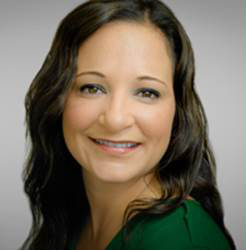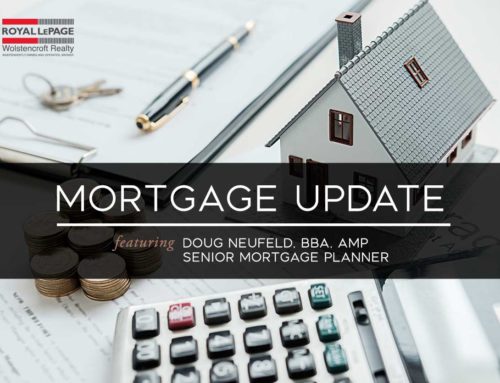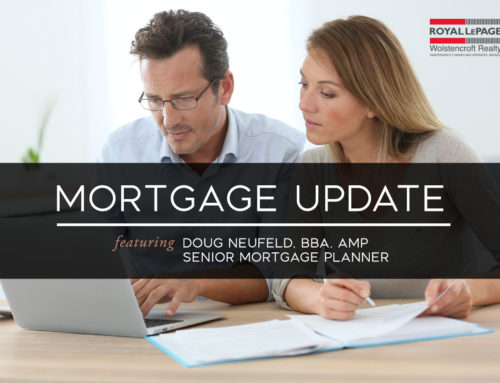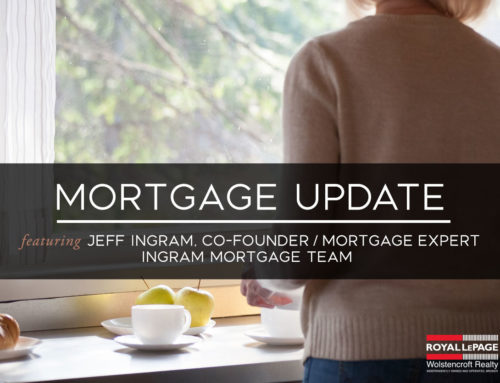Before granting you a mortgage, a lender will determine whether or not you can afford the loan amount you’ve requested.
There are a number of factors that the lender will use to determine your maximum affordability, including your annual income and debt obligations, your utility and living costs, as well as your chosen amortization period and mortgage rate.
When applying for a mortgage, a lender will ensure you can withstand rate increases and afford future mortgage payments by using the higher of either the Bank of Canada qualifying rate (5.34% at press time) or +2% the contracted rate.
Keep in mind that if you actually want a five-year fixed rate, you’re usually able to obtain a much lower rate. For example, the lowest such rate on our site was 3.39% in Nov. 2018.
Still, even when the qualifying rate is used to calculate your affordability, in reality, you’ll pay off your mortgage based on the current rate for that term and type.
Let’s consider a scenario where a couple with a total pre-tax income of $120,000 has a $50,000 down payment. They estimate their total monthly property taxes and heating costs will be $475, and they have no outstanding debt.
If they didn’t have to use the qualifying rate, they’d be able to purchase a property costing $720,567 if their mortgage rate was 3.39% and the mortgage amortization is 25 years. Using the qualifying rate of 5.34%, their maximum affordability declines to $597,865. That’s a difference of $122,702. (These calculations were made using our mortgage affordability calculator.)
Remember, the qualifying rate is used to determine how much you can afford and if you meet the criteria with your lender. But your monthly payment will be based on the current mortgage rate associated with the term and type. While you may need to qualify using the 5.34% rate, your mortgage payments will be calculated using a rate of 3.39%.

Contributed by: Candice Liberatore TD Canada Trust Mobile Mortgage Specialist Email: Candice.Liberatore@td.com Tel: 604.836.6099 Fax: 844.822.7584





